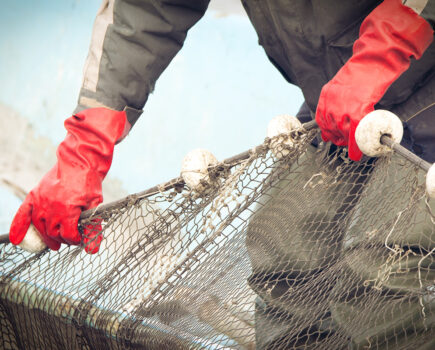Trinity House recently completed the replacement of the Channel Lightvessel with the Channel Buoy, using THVs Galatea and Patricia.
The new Safe Water Mark is Trinity House’s largest buoy type and will maintain meteorological and hydrographic monitoring, now that the lightvessel position has successfully established a marine traffic pattern in the area.
The operation to tow the lightvessel and deploy the replacement buoy took place in mid-August.
Following the grounding of the Amoco Cadiz in 1978, the International Maritime Organisation adopted the Off Casquets Traffic Separation Scheme (TSS) in 1979. Trinity House established the Channel Lightvessel to clearly define the new TSS to all mariners at a time when such schemes were a relatively new maritime feature.
As part of the continuous review of its provision of aids to navigation – and further to the discontinuation of the East Channel buoy in 2018 – Trinity House carried out extensive analysis on the requirement for the Channel Lightvessel.
It was determined that as the lightvessel marks only the end of the TSS and not any physical hazards to navigation, it could be removed now that the marine traffic patterns in the area are well established.
Recognising that the Channel Lightvessel has become a prominent physical mark for all sectors of the marine community, Trinity House decided to replace it with one of its largest Safe Water Mark buoys.
The replacement buoy is based upon a standard Type 1 modular format and will incorporate a bespoke electrical design that independently powers the buoy’s aid to navigation equipment, and also the array of sensors and communication equipment required for the Met Office’s meteorological and hydrographic equipment. The AIS and RACON features will be retained.
The meteorological and hydrographic equipment has been developed in close co-operation with the Met Office, utilising modern technologies to accommodate the required equipment in a way that makes optimal use of the limited available space.
The Channel Lightvessel has been a reliable platform for meteorological observations for many years, and this service will continue on the Channel Buoy.
This story was taken from the latest issue of Fishing News. For more up-to-date and in-depth reports on the UK and Irish commercial fishing sector, subscribe to Fishing News here or buy the latest single issue for just £3.30 here.








